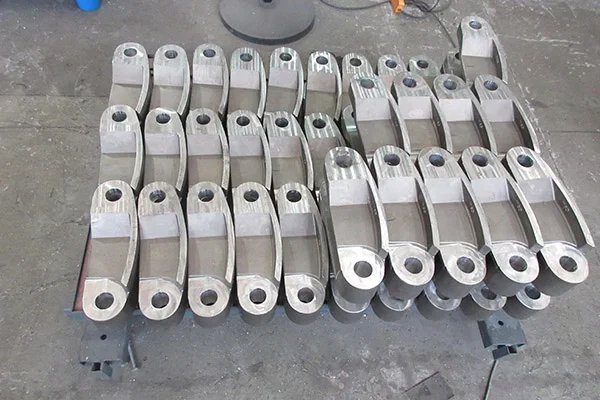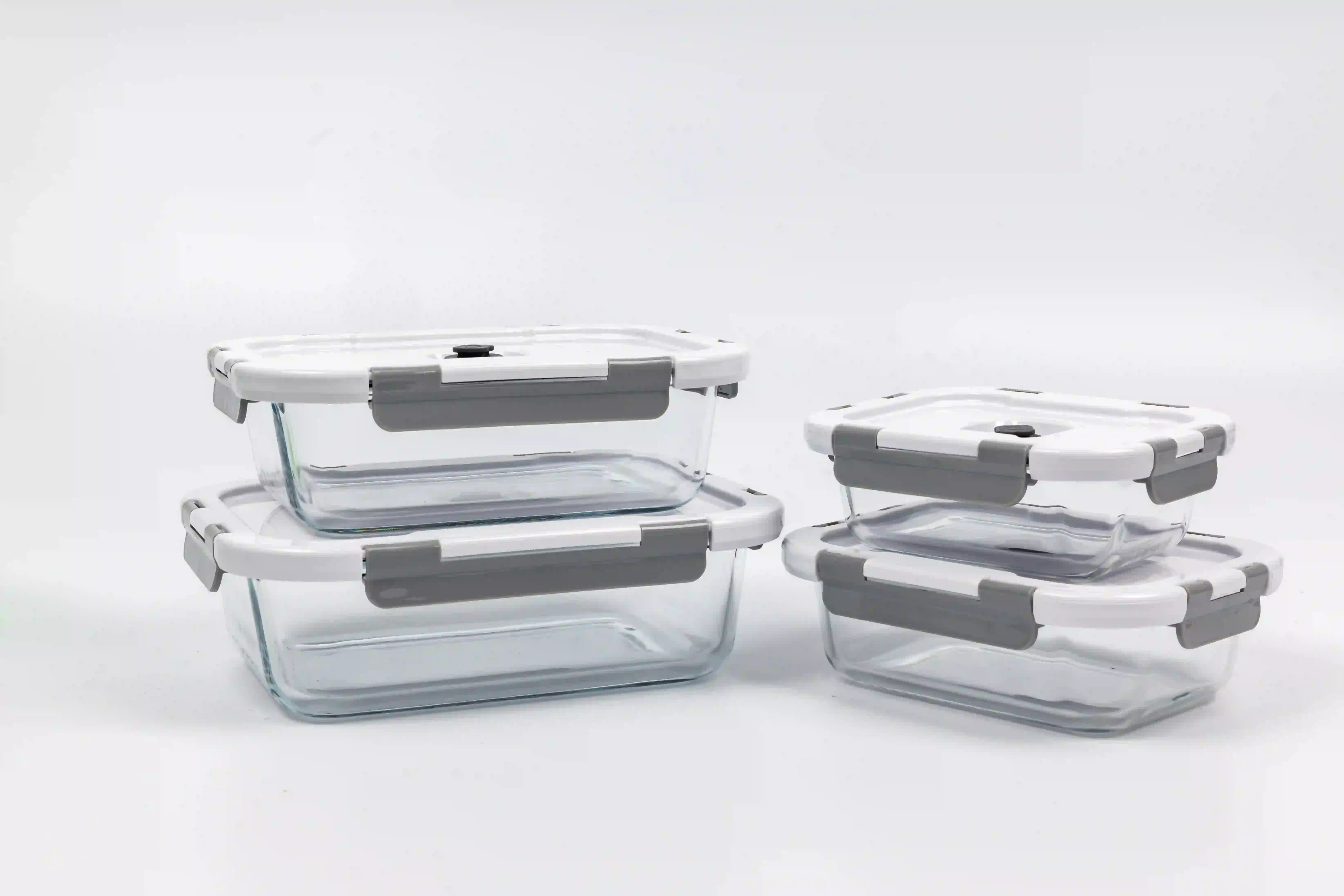When it comes to choosing a printer, one of the most critical factors to consider is longevity. The question often arises: Which lasts longer, laser or inkjet? This inquiry not only pertains to the lifespan of the printer itself but also to the durability of the prints it produces. In this article, we will delve into the intricacies of both printing technologies, examining their longevity, cost-effectiveness, and suitability for various applications.
Understanding the Basics: Laser vs. Inkjet
Before we explore longevity, it's essential to understand the fundamental differences between laser and inkjet printers.
Laser Printers utilize a laser beam to produce an image on a drum, which is then transferred to paper using toner. This process allows for high-speed printing and sharp text quality, making laser printers ideal for high-volume environments such as offices.
Inkjet Printers, on the other hand, spray tiny droplets of liquid ink onto paper. This technology excels in producing vibrant colors and detailed images, making it a popular choice for photo printing and home use.
Longevity of Prints: A Closer Look
When evaluating which technology produces longer-lasting prints, several factors come into play, including ink composition, print medium, and environmental conditions.
- Print Durability
- Laser Prints: The toner used in laser printers is typically more resistant to fading, smudging, and water damage. This is due to the heat used in the fusing process, which bonds the toner particles to the paper. As a result, laser prints can last several decades without significant degradation, especially when stored in optimal conditions.
- Inkjet Prints: The longevity of inkjet prints varies significantly based on the type of ink used. Dye-based inks, commonly found in many consumer inkjet printers, are prone to fading over time, particularly when exposed to sunlight. In contrast, pigment-based inks offer greater resistance to fading and water damage, making them a better choice for archival-quality prints. However, even with pigment inks, the lifespan can range from a few years to several decades, depending on the paper used and environmental factors.
- Environmental Factors
Both laser and inkjet prints are susceptible to environmental conditions. Humidity, temperature, and exposure to light can significantly impact print longevity. Laser prints tend to perform better in varying conditions due to their robust toner composition. Inkjet prints, especially those using dye-based inks, should be stored away from direct sunlight and in controlled humidity to maximize their lifespan.
Printer Longevity: Hardware Considerations
While print longevity is crucial, the lifespan of the printer itself is also a vital consideration.
- Laser Printers: Generally, laser printers are built for durability and can handle high-volume printing tasks. With proper maintenance, a laser printer can last anywhere from 5 to 10 years or more. The cost of toner cartridges can be higher, but they yield significantly more pages than inkjet cartridges, making them more economical in the long run for businesses.
- Inkjet Printers: Inkjet printers tend to have a shorter lifespan, often ranging from 3 to 5 years. They require more frequent maintenance, such as printhead cleaning and ink replacement. While the initial cost of inkjet printers is typically lower, the ongoing costs can add up, especially for users who print frequently.
Cost-Effectiveness Over Time
When considering longevity, it's essential to evaluate the total cost of ownership, which includes initial purchase price, maintenance, and consumables.
- Laser Printers: Although the upfront cost is higher, the longevity of the prints and the printer itself often make laser printers more cost-effective for high-volume users. The lower cost per page and reduced frequency of cartridge replacement contribute to long-term savings.
- Inkjet Printers: While they may be cheaper to purchase initially, the ongoing costs can be significant, especially for users who print frequently. The need for regular ink replacement and potential repairs can lead to higher overall expenses.
Conclusion: Making the Right Choice
In summary, when it comes to the question of longevity—whether in terms of print durability or printer lifespan—laser printers generally have the upper hand. They produce longer-lasting prints that are more resistant to environmental factors and have a longer operational life. However, inkjet printers still hold their ground in specific applications, particularly for high-quality photo printing.



